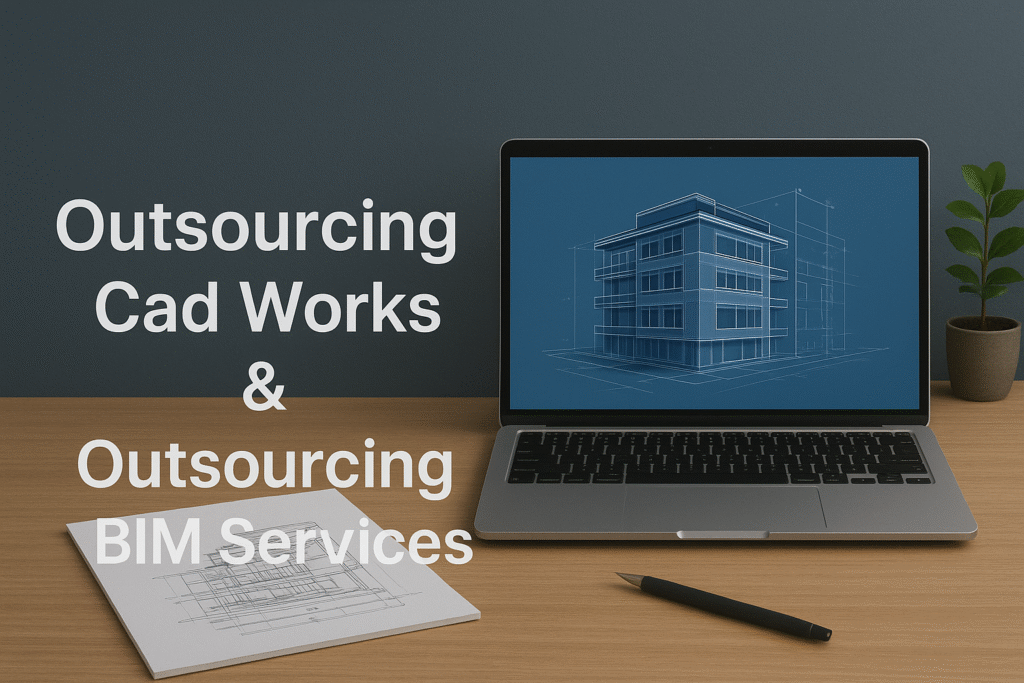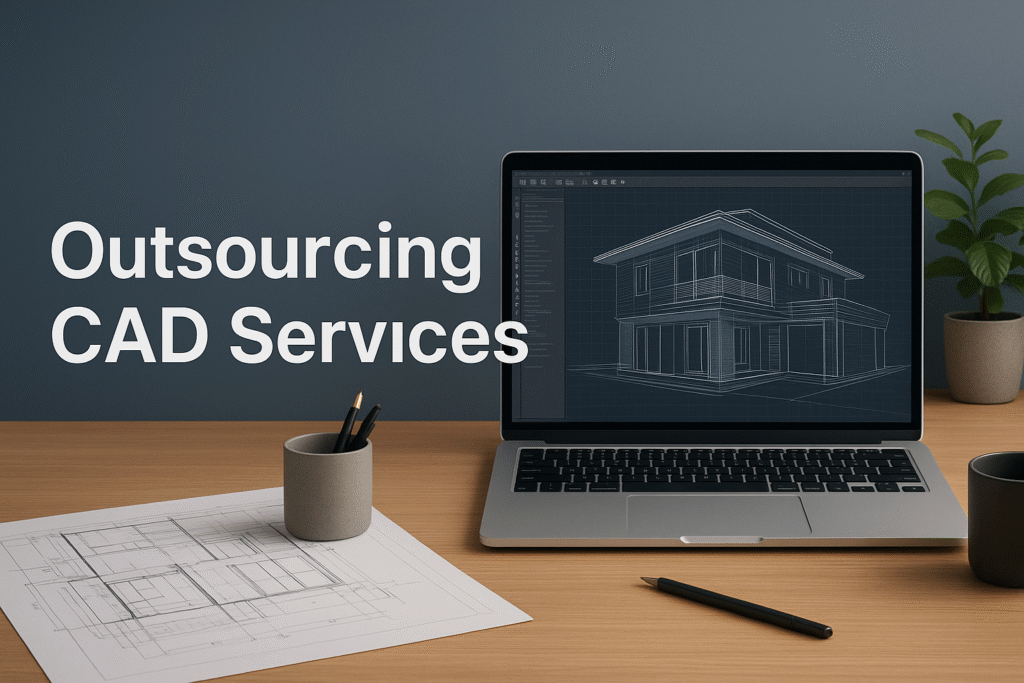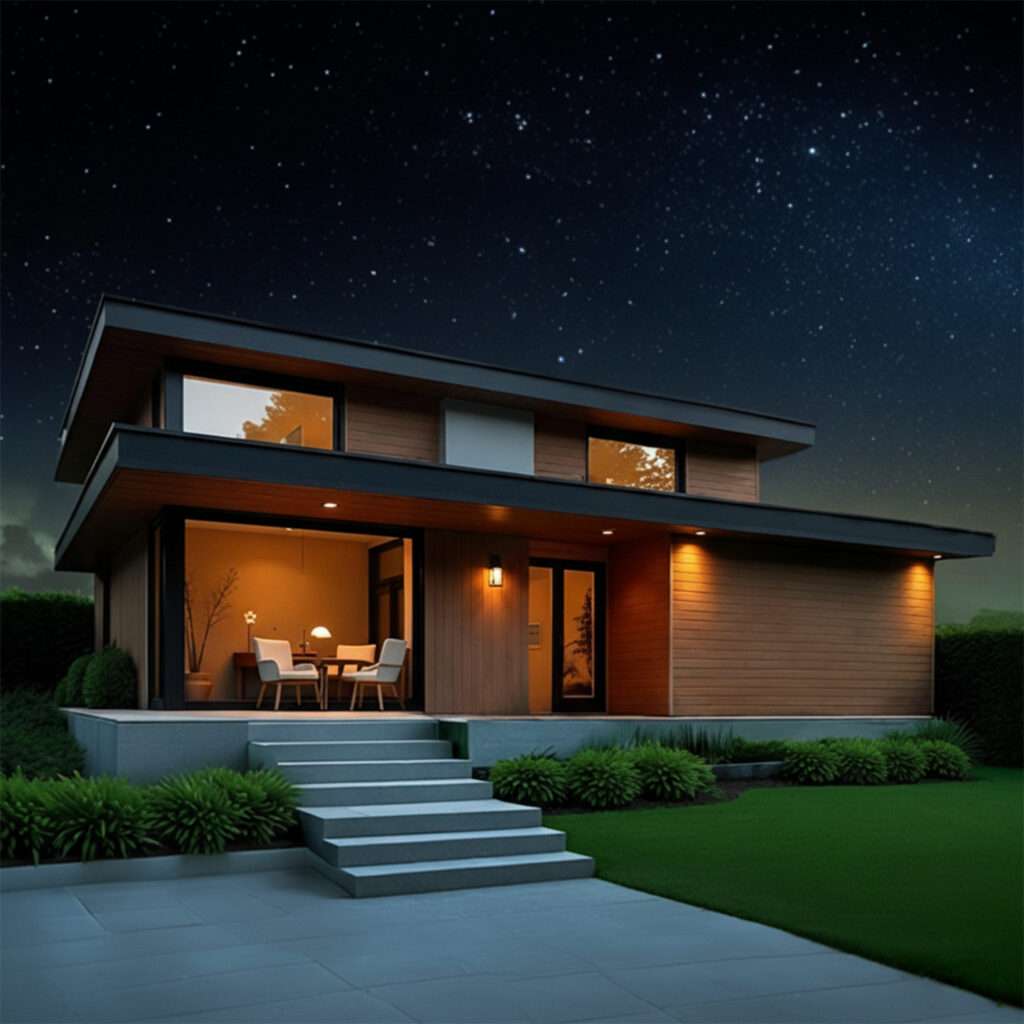OUTSOURCE CREATIVE SERVICES - OUTSOURCE CREATIVE WORKS-OUTSOURCING CREATIVE WORK - OUTSOURCE CREATIVE DESIGN -OUTSOURCE 2D ARTWORKS - 2D ART SERVICES - 2D ART OUTSOURCING -ART OUTSOURCING - OUTSOURCE ILLUSTRATION WORKS - OUTSOURCE ILLUSTRATION SERVICES - OUTSOURCE 3D MODELING - 3D MODEL OUTSOURCING- OUTSOURCING CAD WORKS- OUTSOURCE ARCHITECTURAL SERVICES -BIM - REVIT - 3D FLOOR PLAN - BIM OUTSOURCING SERVICES - MEP - REVIT MODELING - 3D FURNITURE MODELING - 3D ARCHITECTURE MODELING - AUGMENTED REALITY MODEL - VIRTUAL REALITY MODEL - 3D RENDERING - PRODUCT MODELING - 2D SERVICES - OUTSOURCE CREATIVE SERVICES -3D MODELING SERVICES - VFX
Top Trends in Outsourcing CAD Works & BIM Services for 2026-2027
The Architecture, Engineering, and Construction (AEC) industry is undergoing a non-stop digital metamorphosis. As we look ahead to 2026 and 2027, the trends defining the future of design and construction are centered on automation, data intelligence, and the comprehensive integration of the entire building lifecycle.

Building Information Modeling (BIM Services) has matured from a mere 3D modeling standard to the essential data backbone for these advanced digital workflows. Simultaneously, Outsourcing cad works has evolved from a tactical cost-saving measure to a strategic imperative, enabling firms to instantaneously access these complex, cutting-edge capabilities.
For architectural firms, engineering consultancies, and construction companies, understanding and adopting these high-impact trends—often facilitated by expert Outsourcing Architectural Services—is the blueprint for maintaining competitiveness and delivering projects with unprecedented speed and accuracy.
The era of simply Outsourcing cad works for cost savings is over. The future of CAD Outsourcing and BIM Services is defined by strategic partnerships focused on technology integration, performance optimization, and accessing highly specialized skills. The period from 2026 to 2027 will see these trends solidify, establishing a new baseline for what it means to be a competitive AEC firm.
I. AI, Automation, and the Parametric Revolution
The integration of Artificial Intelligence (AI) and Generative Design is the most disruptive trend, fundamentally changing the role of the designer and the capabilities of Revit Services and BIM Services.
1. Generative Design and AI-Powered Optimization 🧠
The future of design is performance-driven. AI allows firms to define project constraints (e.g., minimize carbon footprint, maximize daylight, optimize material usage) and let algorithms generate thousands of feasible, optimized design options.
- Impact on Workflows: This shifts the focus of architects from manual drawing to setting parameters and curating outputs. Outsourcing cad Services providers are becoming experts in integrating generative tools (like Dynamo and Grasshopper) into Revit Services workflows, offering clients an instant pipeline to this advanced design intelligence, accelerating concept exploration from months to days.
2. Hyper-Automation of BIM Documentation (Auto-Detailing) ⚙️
Manual, repetitive tasks—such as generating shop drawings, detailing wall sections, and updating schedules—are the largest time sinks in any project. AI and sophisticated scripting are automating these processes.
- Efficiency Gains: AI tools within BIM platforms are learning from existing construction documents to automatically generate standard details, annotate drawings, and update sheet sets. Outsourcing cad works providers are leveraging this automation to deliver documentation sets with fewer errors and in a fraction of the time, allowing their clients to focus entirely on design and client management.
3. The Rise of Cloud-Based, Real-Time Collaboration ☁️
Cloud technology is no longer optional; it is the engine that drives modern, integrated project delivery.
- Seamless Global Teams: Platforms like Autodesk Construction Cloud and BIM 360 facilitate real-time work-sharing on a single Revit Services model. This is the core enabler for global CAD Outsourcing, allowing the internal team and the external Outsourcing Architectural Services partner to collaborate instantly, eliminating version control conflicts and drastically accelerating the "Follow-the-Sun" 24/7 workflow.
II. The Digital Twin and Lifecycle Management
The value of the BIM model is extending well past the point of construction completion, transforming how buildings are managed, operated, and maintained.

4. BIM to Dynamic Digital Twin Implementation 🏙️
The BIM model is the foundation for the Digital Twin—a dynamic, real-time virtual replica of the physical building.
- Data Integration: As-built BIM models created through Outsourcing cad Services are increasingly delivered ready for integration with IoT (Internet of Things) sensor data, facility management (FM) platforms, and AI-driven performance analytics.
- Long-Term Value: This trend transforms the architect's deliverable from a static document set into a living business asset for the building owner, enabling predictive maintenance, energy optimization, and superior asset management throughout the building's entire lifecycle.
5. 5D and 6D BIM as the New Standard 💸
The industry is moving past 3D modeling. By 2027, 5D (Cost) and 6D (Schedule/Sustainability) are becoming baseline expectations for large projects.
- Cost and Time Certainty: BIM Services providers are expected to link the model’s information to detailed cost data (5D) for automated Quantity Take-Offs (QTOs) and to the project schedule (4D), providing real-time, visual updates on cost and progress. This transparency and data integrity—delivered via expert Outsourcing cad Services—are critical for reducing financial risk and ensuring project accountability.
III. Construction Integration and Sustainability
BIM is the essential driver for construction automation, modularization, and the urgent need for verifiable sustainability metrics.
6. BIM for Design for Manufacture and Assembly (DfMA) 🏭
The global trend towards off-site construction, prefabrication, and modularization is heavily reliant on the precision of the BIM model.
- Manufacturing Grade Models: Outsourcing Architectural Services specializing in DfMA create models where every component (e.g., precast panels, MEP racks, bathroom pods) is precisely detailed to manufacturing tolerance. This level of accuracy is impossible with traditional 2D CAD Outsourcing and requires advanced Revit Services expertise to ensure seamless assembly on-site, dramatically reducing waste and construction time.
7. Mandates for Sustainable and Green BIM 🌍
With regulatory bodies and clients demanding net-zero and low-carbon buildings, BIM is the indispensable tool for compliance and analysis.
- Embodied Carbon Analysis: BIM Services are increasingly integrated with material databases to calculate and minimize the embodied carbon (carbon released during material production) of a design. Outsourcing partners provide the technical capability to run complex energy simulations, daylighting analysis, and perform lifecycle assessments (LCA) early in the design phase, guiding material selection and building performance.
8. Immersive Technologies: AR/VR Integration 👓
Extended Reality (XR) is closing the gap between the digital design and the physical worksite.
- On-Site Verification: Augmented Reality (AR) allows construction managers to overlay the Revit Services model directly onto the physical site using tablets or smart glasses, instantly checking the quality and accuracy of installed work against the design.
- Client Engagement: Virtual Reality (VR) is becoming the standard for client walkthroughs, accelerating buy-in by providing an immersive, life-size experience of the future building.
IV. The Evolving Strategic Role of Outsourcing
The pace of these technological shifts means firms must constantly adopt new software and methodologies. CAD Outsourcing and BIM Services partnerships are the most practical solution to this challenge.

9. Specialization vs. Generalization: Outsourcing Niche Expertise 🎯
The skills gap for specialized areas like Scan-to-BIM, point cloud processing, MEP coordination, and 7D BIM is widening.
- Access to Experts: Rather than trying to hire and retain an internal specialist for a sporadic or niche need, firms use Outsourcing cad Services to instantly contract with experts in specific domains (e.g., highly specialized Revit Family creation or complex structural detailing) on a project-by-project basis.
10. Cybersecurity and Data Integrity as a Premium Service 🛡️
As BIM models become larger, more complex, and contain highly sensitive data (costing, intellectual property, facility management plans), data security becomes a top client concern.
- Guaranteed Compliance: Reputable Outsourcing cad works partners invest heavily in secure cloud platforms, rigorous data encryption, and compliance with international standards (like ISO 19650 for BIM information management). Outsourcing transfers the burden of maintaining this high level of cybersecurity and data integrity away from the client firm's potentially resource-strapped IT department.
Conclusion: Outsourcing as the Accelerator
The years 2026 and 2027 will be defined by the mainstream adoption of AI, Digital Twins, and advanced sustainable practices within the AEC industry. The core driver for all these trends is the highly sophisticated, data-rich model produced through BIM Services.
For architectural and engineering firms, staying ahead of this curve is a mandate. Strategic CAD Outsourcing is the essential accelerator, providing the necessary elasticity, specialized Revit Services expertise, and access to cutting-edge technology—such as AI-driven automation and AR/VR integration—without the financial risk of building those capabilities internally. By choosing the right Outsourcing Architectural Services partner, firms can ensure they are not just participating in the digital future, but actively leading it.
❓ FAQs
1. What is the biggest new role for BIM Services in 2026-2027?
The biggest new role is serving as the foundation for the Digital Twin. The BIM model, delivered by Outsourcing cad works providers, is increasingly integrated with real-time sensor data to become a dynamic, living asset used for building operations and predictive maintenance.
2. How is AI specifically impacting Revit Services?
AI is being integrated into Revit Services through Generative Design tools, which automatically explore and suggest thousands of highly optimized design variations based on project constraints like cost or energy performance, significantly speeding up the concept and early design phases.
3. What does it mean for CAD Outsourcing to support DfMA?
DfMA (Design for Manufacture and Assembly) means the CAD Outsourcing team creates models where every building component is detailed to manufacturing precision. This supports the industry trend of prefabrication and modular construction, ensuring components assemble perfectly on-site and reducing waste.
4. How does the trend of Cloud-Based BIM benefit Outsourcing cad Services?
Cloud platforms (like Autodesk Construction Cloud) create a single, real-time model accessible globally. This enables Outsourcing cad Services partners to work seamlessly with the client's internal team, eliminating version control issues and facilitating continuous, 24/7 project progress.
5. Why is sustainability a major trend for Outsourcing Architectural Services?
Clients and regulators demand greener buildings. Outsourcing partners provide the expertise to perform advanced Lifecycle Assessments (LCA) and energy simulations directly within the BIM model, helping clients achieve certification goals and optimize material selection for lower embodied carbon.
6. What are 5D and 6D BIM, and why are they becoming standard?
5D BIM links the model to cost data (Quantity Take-Offs) and 6D BIM links it to sustainability/lifecycle data. They are becoming standard because clients demand data-driven certainty regarding project costs, schedules, and long-term operational efficiency, deliverables now expected from expert BIM Services providers.

No comments:
Post a Comment